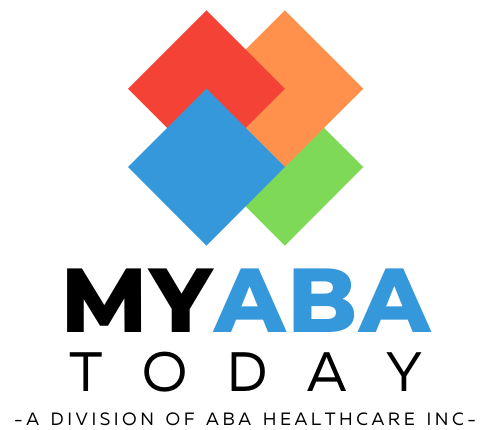“The opportunity to directly control outcomes-to do what you think needs to be done, rather than what you are told to do- essentially defines the American dream” as William B. Abernathy states in The Sin Of Wages (2011). Over the 27 years that I’ve provided leadership to others, I’ve identified nothing that stifles one’s creativity and spirit more than a manager that micromanages all the actions of employees. Leaders that set clear goals, provide resources and support and suggest actions to meet these goals, produce incredible outcomes as opposed to dictating every step in the process to meet the objectives. This is especially true for employees that have previous experience and a repertoire of accomplishments. In fact, micromanagement of experienced employees may actually produce defiant workers.
Goal setting, self-monitoring, and reinforcement is well documented in the behavior analytic literature. However, it is often delivered in a way that can do more harm than good. B.F. Skinner so eloquently described this by stating, “The way positive reinforcement is carried out is more important than the amount.” I realize the following principles are not rocket science, however, the way they are applied is what has produced exponential growth in one company that I’ve had the pleasure of being a part of:
- Self-monitoring: Every Monday at noon, each department leader is required to chart, graph, and display the results of the previous week’s progress toward their department’s goals in front of the team. Although the team comments and celebrates the successful trends of each departments’ progress, it is unnecessary to criticize the undesirable trends of certain departments. The graphic display of data provides all the feedback needed. Sometimes, an uncomfortable silence fills the room. Break out groups support this department’s leader in resolving the problems faced throughout the week to reverse the trend for the subsequent week’s larger group meeting.
- Goal Setting: An app that uses text messaging called GroupMe is used to share a new goal that the entire team has participated in choosing. This app facilitates discussion among the department’s employees to get consensus and suggestions on how to meet the goal.
- Positive Reinforcement: Monetary rewards are tied to social recognition for accomplishing these goals. In the initial stages, each department has changing criterion goals to ensure the team contacts success in meeting these targets to gain behavioral momentum. As time passes and momentum builds with one success after another, these goals are changed to a profit-sharing model to reward continued steady improvements and upward trends in the results pinpointed for success. The employees receive a percentage of revenue generated by their department rather than a set dollar amount for goal attainment as it was previously delivered in the early stages of gaining momentum.
- A Positive Culture: The entire company has a closed Facebook group where employees comment, congratulate, celebrate, and share individual and departmental successes. Many of the employees have never met each other due to geographical distances, however, this closed network has produced camaraderie and peer support networks that ordinarily would not have formed due to an inability to communicate regularly. Not only are employees recognized for work accomplishments, but they also celebrate personal events such as birthdays and life-changing events such as having a baby. Employees also showcase their individual niches within the company and what drives them to be successful as an individual and not just as an employee.









